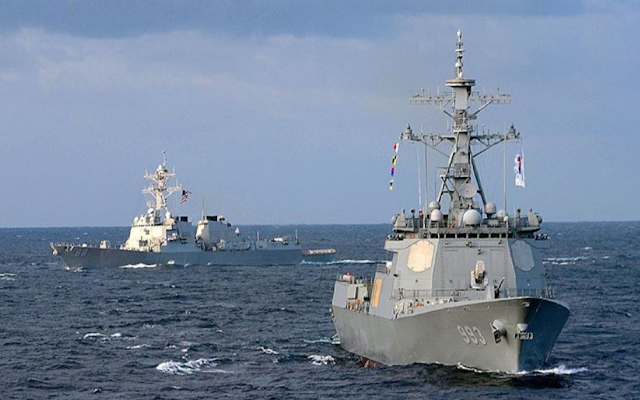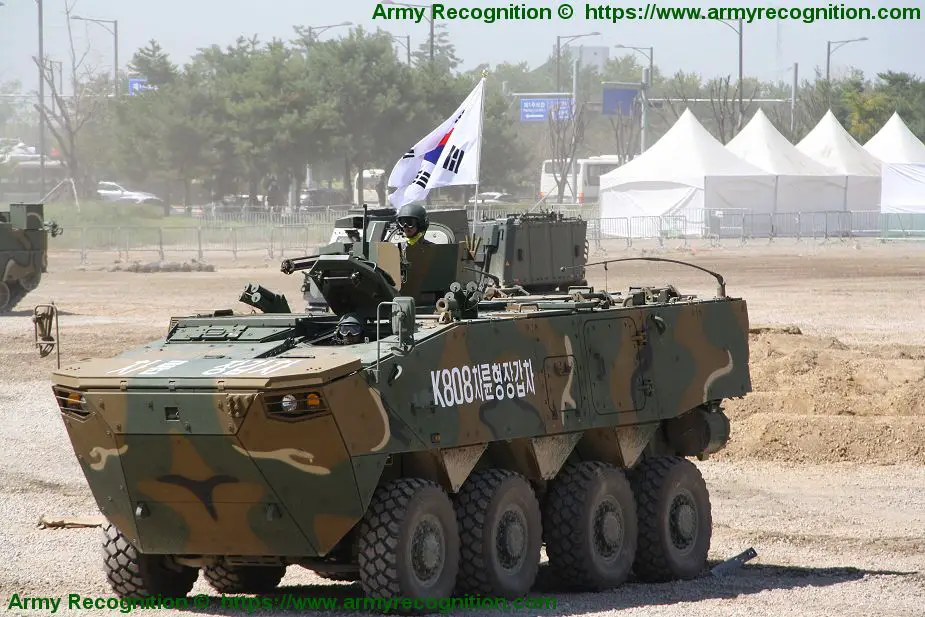The KF-16 is a South Korean multi-role fighter.
The KF-16 is a South Korean multi-role fighter. It is a license-produced version of the American F-16. It was locally produced by Korea Aerospace Industries (KAI).
Production began in the early 1990s. A total of 140 KF-16 aircraft were produced. These aircraft are based on American F-16C (single seat) and F-16D (two seat) Block 52 aircraft. The first KF-16 fighters were delivered to the South Korean air force in 1994. At the time it was a modern warplane. The last aircraft was delivered in 2003. Today this aircraft is actively used in South Korea.
While looking just like the F-16, the KF-16 has some changes to meet local requirements.
The KF-16 has air-to-air and ground-attack capabilities. Furthermore it can fly in all weather conditions and carry smart weapons. This multi-role fighter has 7 hardpoints and 2 wing tip mounts. These mounts are used to carry AIM-9 Sidewinder short-range air-to-air missiles. The KF-16 can also carry beyond visual range air-to-air missiles, such as AIM-120 AMRAAM, or air-to-surface missiles such as AGM-65D, cruise missiles, or anti-ship missiles. This fighter can also carry free-fall or precision-guided bombs, Joint Direct Attack Munition (JDAM), rocket pods, or fuel tanks. There is an integral M61 Vulcan 20 mm 6-barrel cannon.
The KF-16 has limited air defense suppression capability. This aircraft has a provision of the HARM targeting system pod.
This South Korean aircraft has an APG-68(V)7 multi-mode radar. Other features include a wide-angle Head-Up Display (HUD). This aircraft carries chaff/flare dispenser for self-defense against incoming missiles. The KF-16 also has a radar jamming system.
The KF-16 is powered by a single Pratt & Whitney F100-PW-229 turbofan engine. This engine is fitted with an afterburner and generates 79 kN of dry thrust and 129.4 kN with afterburning. This engine powers late models of the F-16 and F-15E Strike Eagle.
Despite its age the KF-16 is still actively used by the South Korean air force. There are plans to upgrade this aircraft with modern systems, such as new radar, armament, mission computers, electronic systems and cockpit instruments. It would improve its combat capabilities. In 2014 a deal between South Korea and BAE Systems was announced to upgrade some 134 KF-16 fighters, however later South Korean government cancelled it. In 2015 it was announced that Lockheed Martin company was selected to carry out upgrades. So if this deal comes through, the aircraft will be upgraded to the F-16V standard.
Variants
KF-16C is a single-seat multi-role fighter. It is based on American F-16C.
KF-16D is a twin-seat multi-role fighter. It is based on American F-16D.




/arc-anglerfish-arc2-prod-mco.s3.amazonaws.com/public/KN2UDW3XOBGUJI25SRBHBPKDMU.jpg)
